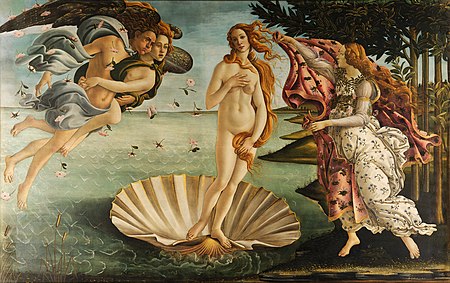When I came to Siena, one of my language goals was to learn vocabulary in art history and fashion so I could expand my knowledge of the field I wish to work in. These past two weeks, my culture class had the opportunity to visit both the Accademia and Uffizi museums. I was completely mesmerized and in my element.
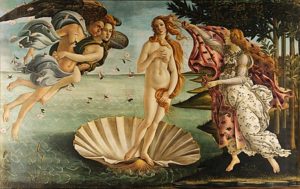
My experience at the Accademia was by far the most memorable. One of the first rooms you enter in the building is a display of some of Michelangelo’s most famous statues: the Prisoners and of course the famous “David”. I was able to learn more vocabulary about Renaissance art, humanism, architecture, and painting/drawing techniques during this visit. My class had a discussion before our visit about the significance of the Prisoner statues. They look to be unfinished, but there is a rumor that Michelangelo actually wished for them to look that way. He believed they were not mean to show perfection, but rather a sense of unfinished satisfaction. I also discovered one of my new favorite masterpieces at the Accademia: a statue called “The Dancers”. I grew up dancing and the two female figures bonding over this special art form really drew me in!
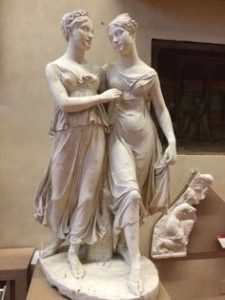
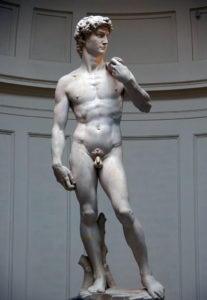
At the Uffizi museum, I was able to experience masterpieces from some of the greatest artists in history: Donatello, Leonardo Da Vinci, and Caravaggio. The amount of religious art was a bit overwhelming, but I had an incredible conversation with a native Italian speaker about a painting depicting Adam and Eve. We shared stories about our journey with Catholicism, and after she asked me where in Italy I was from. I felt so accomplished that I was able to convince her with my accent that I was from the country. When I told her I’m actually from the United States, she complimented my speaking skills and told me to continue learning. She said, “Education is something no one can take away from you.” I couldn’t agree more.
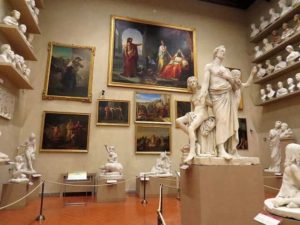
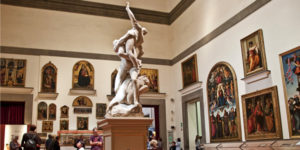
The vocabulary journal that I started making is really coming in handy. When a new student arrived in class yesterday, she had a question about the Sienese accent. Here, instead of pronouncing consonants within two vowels, the Sienese people drop that consonant and replace it with an “h” sound. I had taken notes in my vocabulary journal about the name and origin of the meaning of this linguistic phenomenon, called “Gorgia”. My teacher asked me to stand in front of the class and explain it to the other students. It was truly such a proud moment for me when I could explain something so complicated to the class for everyone to understand.
My time here is running short. I only have one more week left, and I can’t believe this experience is ending. I am so fortunate to be here, and I’m going to continue taking advantage of every amazing opportunity that is presented to me while I am in the country.
Ciao!
Madelyn
